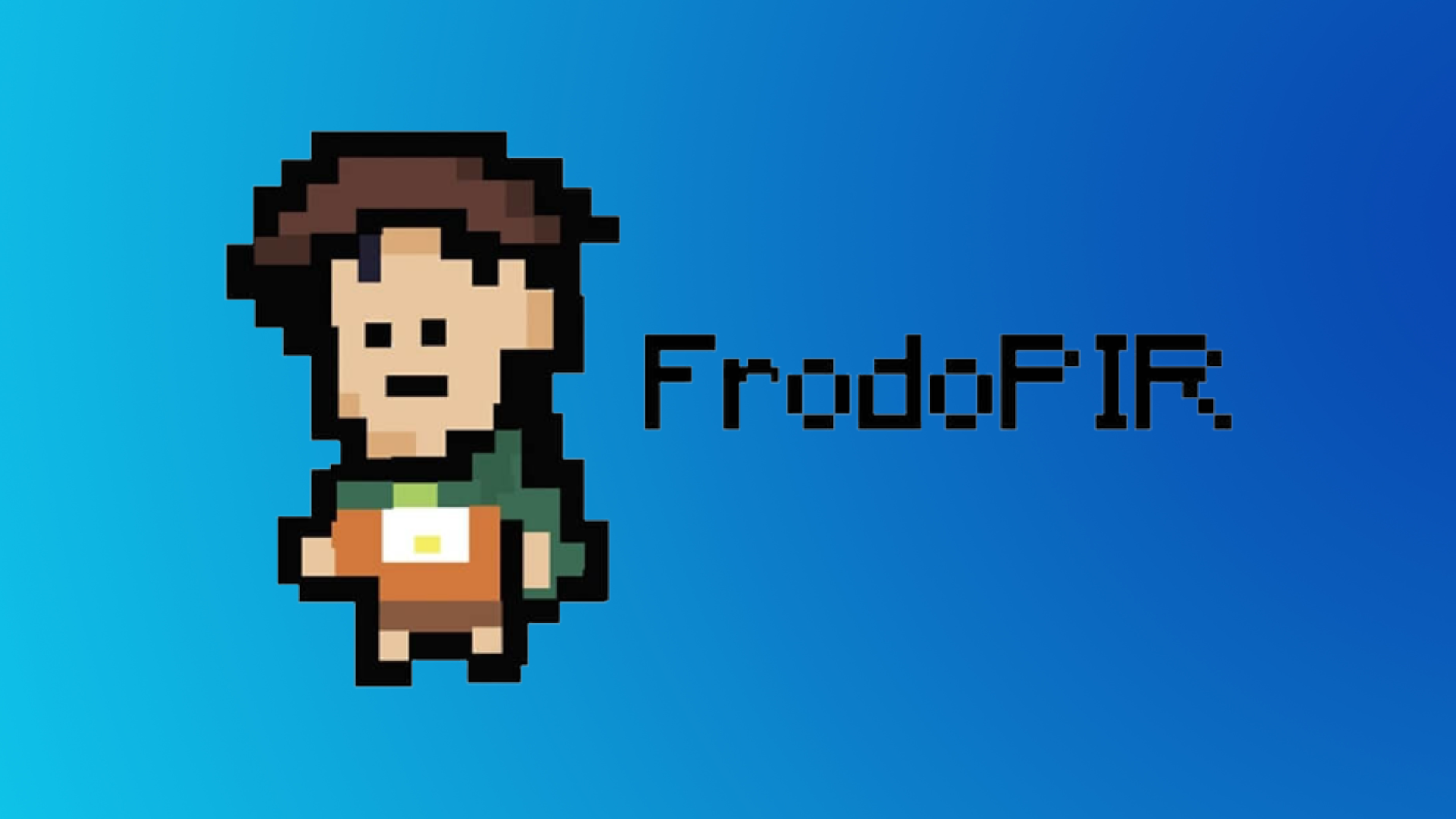EXPLAINED
how to
BLOCKCHAIN
FrodoPIR: New Privacy-Focused Database Querying System Explained
FrodoPIR (Private Information Retrieval) is a privacy-focused database querying system that allows users to query a database without revealing which records they are interested...
Iranian Hackers are Using New Spying Malware to Abuse Telegram Messenger...
In November 2021, a threat actor in the Iranian geopolitical network was discovered to have deployed two new targeted malware with "simple" backdoor functionality...
HACKING NEWS
CYBER ATTACKS
Iranian Hackers are Using New Spying Malware to Abuse Telegram Messenger API
In November 2021, a threat actor in the Iranian geopolitical network was discovered to have deployed two new targeted malware with "simple" backdoor functionality...
Ukrainian Government is Officially Accusing Russia of Recent Cyberattacks
The Ukrainian government on Sunday formally accused Russia of orchestrating the attacks on the websites of state institutions and government agencies last week. “All evidence...
This New Apple Safari Browser Bug Allows Cross-Site User Tracking
This New Apple Safari Browser bug introduced in the implementation of the IndexedDB API in Apple Safari 15 could be used by a malicious...
Hackers Exploiting Log4j Vulnerability to Infect Computers with Khonsari Ransomware
Romanian cybersecurity technology company Bitdefender said Monday that attempts are being made to attack Windows computers with a new ransomware family called Khonsari Ransomware,...
U.S. State Department and Diplomat’s iPhones were Reportedly Hacked by Pegasus Spyware
According to several reports from Reuters and the Washington Post, Apple has told several U.S. Embassy and State Department officials that their iPhone may...
5 Most Common Types of Cyber Threats
Nowadays most of the stuff is online or in digital form, Covid-19 constraint everything to the digital world, technological advancements are increasing by leaps...




